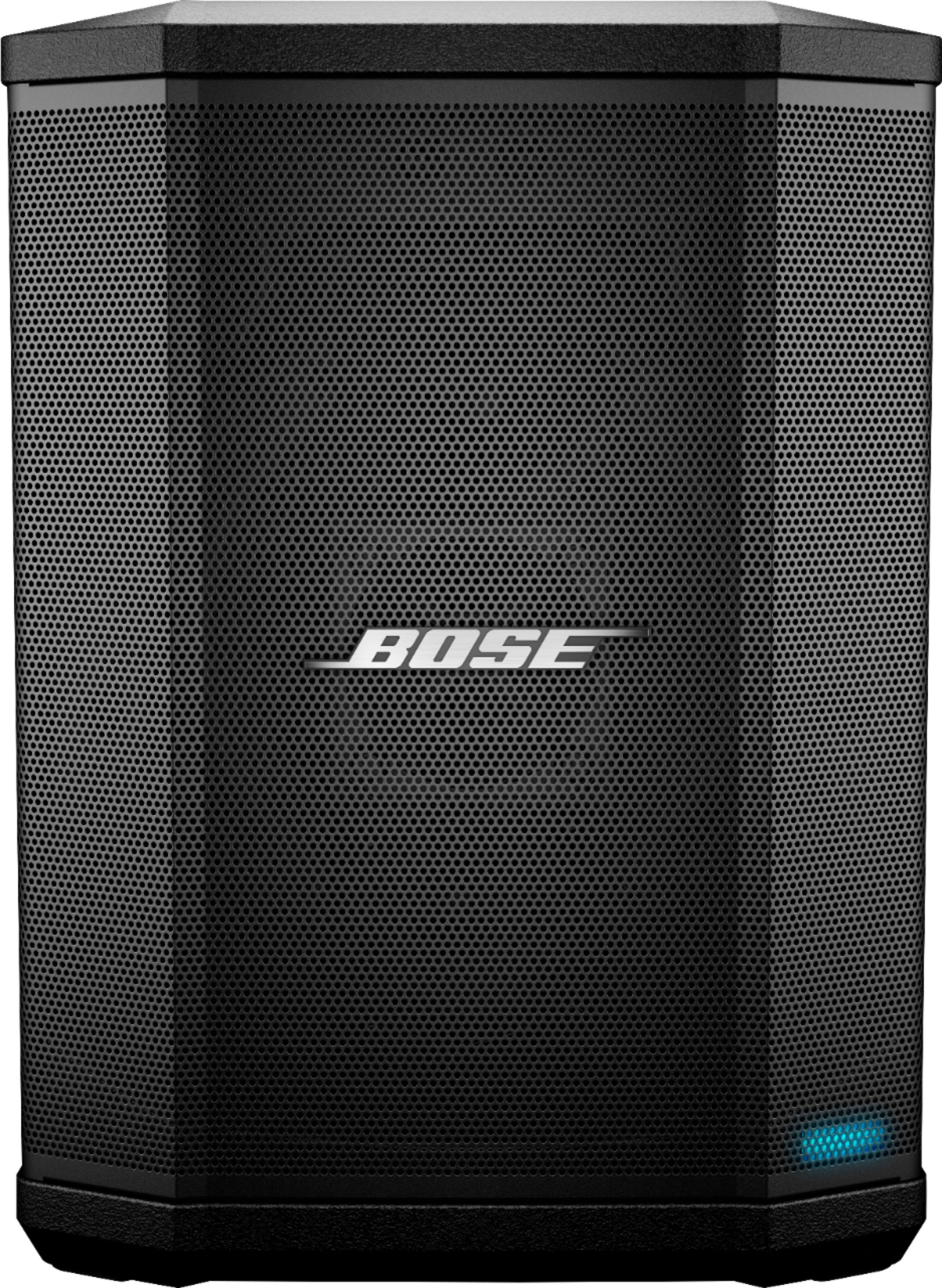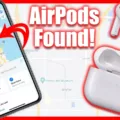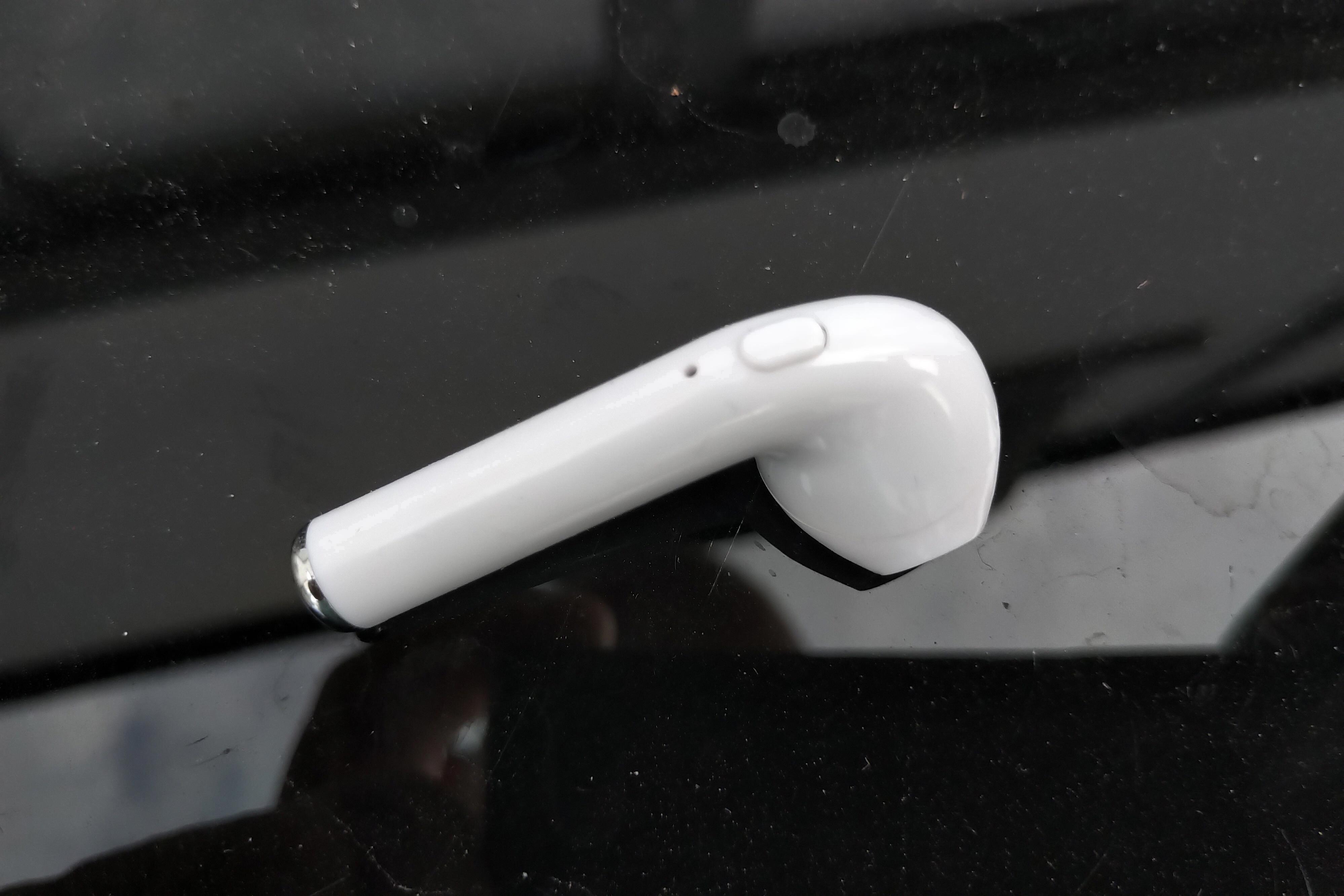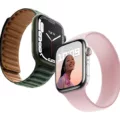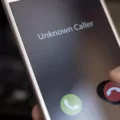
Tracking and regulating devices that emit radio frequency waves is crucial, and that’s where the FCC ID overview comes in. This unique identifier plays a vital role in radio frequency regulation, ensuring that all FCC-regulated products comply with standards.
For manufacturers, the FCC ID overview simplifies device tracking, making it easier to manage and monitor compliance. Consumers benefit, too, as they can identify devices and report interference issues effectively. This dual-purpose system safeguards both product quality and user experience.
How to Get an FCC ID
Obtaining an FCC certification is a process to ensure your product meets safety standards. Companies can obtain FCC ID by submitting an FCC ID request process that details the device’s specifications. The FCC then reviews the application to make sure everything checks out.
If approved, they grant an FCC ID assignment. This FCC ID needs to be displayed on the product’s label, manual, and packaging according to product labeling requirements.
Using the FCC ID Search Engine

Looking up a device’s FCC ID is a smart move for anyone concerned about product safety. The FCC ID search engine is a valuable tool that helps you perform a device lookup quickly and easily. By using this tool, you can access the FCC ID database to check for safety recalls and any reported issues related to your device.
This product safety check ensures that you’re informed about any potential hazards, giving you peace of mind about the devices you use daily. Whether you’re buying new tech or verifying an existing gadget, the FCC ID search engine is your go-to resource for ensuring your products are safe and reliable.
Finding the FCC ID of a Product
Typically, you can locate the FCC ID on the product label, often found on the back or bottom of the device. Some modern devices might have the FCC certification label displayed electronically on screens; this is common in gadgets with built-in display FCC ID.
For accurate device identification, ensure you check all labels or electronic settings where the FCC ID might be listed. This code is crucial for verifying compliance and understanding your device’s regulatory standards.
Understanding the FCC ID Number
An FCC ID number is a regulatory identification code assigned to devices that use radio frequencies, ensuring they meet FCC standards. The FCC ID components consist of the Equipment Product Code (EPC) and the Manufacturer Identification Code (MID).
The Manufacturer Identification Code identifies the company that made the device, while the Equipment Product Code specifies the particular product. This FCC ID number structure is vital for tracking compliance and safety, as each part uniquely identifies and links the product to its manufacturer and certification details.

Uses of the FCC ID
The primary uses of FCC ID include device manufacturer identification and providing regulatory information about the device. By looking up the FCC ID, you can easily find out who made the device and ensure it meets FCC compliance standards.
This ID also plays a crucial role in safety incident tracking, helping to identify and address any safety issues that might arise with the device.
Finding the FCC ID on Various Devices
Routers
Finding the FCC ID on routers is crucial for checking their compliance with wireless emissions standards. This router certification process ensures the device adheres to regulatory compliance.

The FCC ID on routers is an identifier that signifies the router has been tested and approved by the Federal Communications Commission (FCC). This means the router adheres to strict wireless emissions standards, ensuring it doesn’t exceed safe levels of electromagnetic radiation.
Key Fobs
The FCC ID key fob is typically positioned behind or within the battery compartment. This ID is crucial for RF energy tracking as it helps in identifying and regulating the radio frequencies emitted by the device.
Key fob identification through the FCC ID ensures your device meets regulatory certification standards, keeping it compliant and safe for use. Next time you need to check the compliance of your key fob, just locate the FCC ID and you’ll have all the information you need.
iPhones
Looking for the FCC ID iPhone? It’s easier than you think. For iPhone identification, you’ll often find this regulatory certification etched into the metal frame etching on the back of your device.
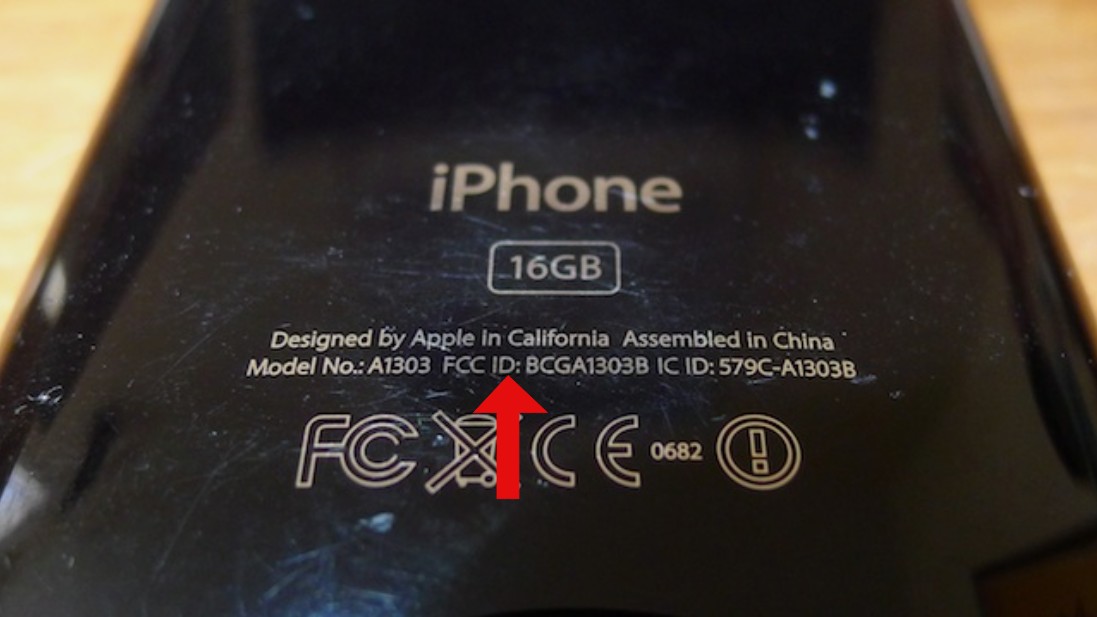
Simply flip your iPhone and check the fine print on the lower back or along the edge. This regulatory certification is crucial for confirming your device’s compliance with FCC regulations. Knowing where to find this can be handy, especially for verifying authenticity or for any legal or technical needs.
FCC ID vs. Other Identifiers
FCC ID vs. Serial Number
Let’s clarify the difference between an FCC ID vs serial number. While both are crucial for device identification, they serve distinct purposes.
A serial number is a manufacturer-specific identifier used for unit identification, allowing the company to track the device’s production, warranty, and service history. Although an FCC ID may contain a serial number, it primarily focuses on regulatory vs. unit identification aspects, ensuring the device meets specific safety and performance standards.
FCC ID vs. IMEI
Comparing FCC ID vs IMEI can be a bit confusing, but it’s important for understanding your device’s specifics. The FCC ID is used for device regulation in the U.S., ensuring that your phone meets federal standards for electromagnetic emissions.
This identifier is assigned by the Federal Communications Commission and is specific to the device model, not the individual phone. On the other hand, the IMEI is a SIM card identifier used globally for phone identification.
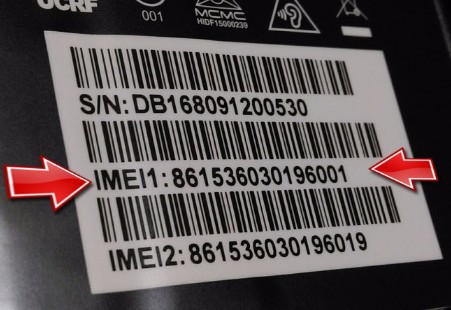
Each phone has a unique IMEI number that helps track the device and manage security features, particularly for mobile networks.
FCC ID vs. IC Number
When comparing FCC ID vs. IC number, it’s essential to understand their roles in ensuring device compliance. The FCC ID is a regulatory identifier used in the United States to certify that a device meets FCC standards. Similarly, the IC number serves the same purpose in Canada, where Industry Canada certification is required.
Both identifiers are crucial for verifying that devices adhere to local regulations. While the FCC ID is issued by the Federal Communications Commission, the IC number is assigned by Industry Canada, highlighting the international nature of regulatory identifiers.
Devices Requiring an FCC ID
When you buy a cell phone, laptop, tablet, smartwatch, or fitness tracker, have you ever noticed the small “FCC ID” label? This label is crucial for devices requiring FCC ID because it shows the device has met the necessary regulatory compliance standards set by the FCC.
The FCC, or Federal Communications Commission, ensures that all electronic device certification processes are thorough to avoid harmful interference with other electronic products and services.

These rules fall under FCC jurisdiction to make sure your devices operate safely and effectively without causing signal disruptions. So next time you check out your gadget, remember that the FCC ID means it’s certified and compliant.
Conclusion
The FCC ID importance lies in ensuring device compliance with regulatory standards, making it essential for consumer safety. This unique identifier allows for efficient regulatory tracking, confirming that devices meet the required safety and performance benchmarks.
By understanding the FCC certification summary, both manufacturers and consumers can have confidence in the reliability and safety of electronic devices, ultimately promoting a safer and more regulated market.

